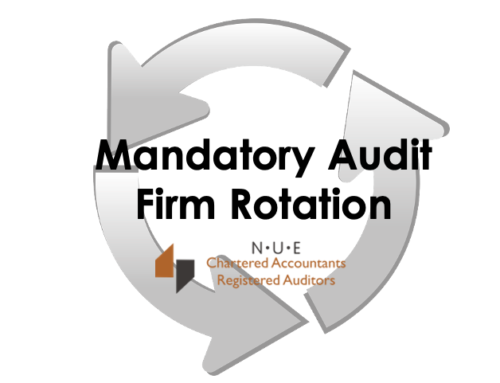A sort-after benefit many employees want from their company is a good pension plan. This comes as no surprise as many South Africans will not be able to retire and maintain their current standard of living. After years of service, responsible and retired employees that have adequately planned and saved for their future can look forward to a comfortable retirement.
What is Pension Accounting?
Pension fund accounting involves all the formulas and calculations used to determine the service cost of a pension plan.
Pension fund accountants use accrual accounting to estimate the value of a retirement package, and the monthly income of the retired employee based on various investment performances and other important figures. Using this method enables a pension fund accountant to measure the likelihood of positive performance and the position of a company by recognizing significant economic events.
The benefit obligator is a series of payments that must be made to retirees far into the future, these equal to the employee’s pension income. Actuaries use the number of retirees on the scheme, salary increases and other factors to calculate the employee’s monthly contribution obligations to the pension fund while the employee is still working.
How does a pension work?
Pension fund rules require companies to balance year-to-year fluctuations in investment returns and actuarial assumptions. Pension fund accounts must not be dramatically over or understated to allow for sudden and drastic changes in the economic climate. This presents a challenge to pension fund accountants who must be able to predict the value of the fund at a given point in time.
This is one of the reasons that employees have to be vigilant in financial current affairs and keep up to date with the company that employs them and the company where their contributions are invested so that the employees can actively participate in securing the desired retirement income.
Determining Pension Expense in Pension Accounting
Pension expense is the amount a company charges as an expense in respect of its liability for pensions paid to its employees. The amount of this cost depends on whether the underlying pension is a defined benefit or a defined contribution.
Amortizing the cost of previous services
These expenses are initially recorded as other comprehensive income and then amortized to profit or loss. By allocating an equal amount of expense to each future period of service for each employee who is anticipated to receive benefits, the amortized amount is determined. The payback time is the employee’s life expectancy if the majority of the workforce is unemployed.
Credit for prior service
A reduction in plan benefits as a result of a plan modification is recorded as other comprehensive income on the modification date. Service charges that are still included in cumulative other comprehensive income will reduce this amount. The mechanism used to amortize service costs will also be used for the remaining amount of credits.
Losses and Gains
If this approach is followed consistently, losses can be easily identified. You can also include them as changes in other comprehensive income as they occur if you choose not to recognize them immediately.
Services Charges
The number of service expenses recognized as income each period is determined by the actuarial present value of benefits associated with services rendered during the period.
Interest costs
After being added to other comprehensive income at the time of change, these costs will be amortized to profit or loss. An equal amount of expense is allocated for each subsequent period of service for each employee who is anticipated to earn benefits. Amortization is calculated in this manner. If the workforce is largely inactive, the amortization period is determined by the remaining life expectancy.
3 Types of Pensions
1. Defined benefit plan
Defined Benefit Plans Defined benefit plans provide a predetermined amount to be received at retirement. Investment pool performance is unaffected. Employers are responsible for payment and amounts typically vary based on years of service and salary. The amount you get if you retire before you retire is determined by your vesting plan.
2. Defined contribution plan
In a defined contribution plan, the employer contributes a certain amount, usually paid to some extent by the employee. The ultimate benefit for employees is entirely dependent on the plan’s investment performance. This plan is gaining popularity, especially among private companies, as they are not responsible for generating funds.
3. Pay-as-you-go plan
These are fully employee funded. You can choose payroll deductions or lump sum contributions to fund your plan. Added to this, there is no company match.
Why hire NUE for your company’s Pension Accounting?
Companies like their employees are unique and need unique solutions to save for retirement. As a retirement fund trustee, you can assist members by working with the fund’s manager to provide retirement solutions focused on understanding the needs of members. We believe in working with trustees, employers and unions to efficiently achieve the intended results of our funds. We also believe it is important to manage risk through customizable features to ensure members have adequate coverage to deal with unforeseen events.




